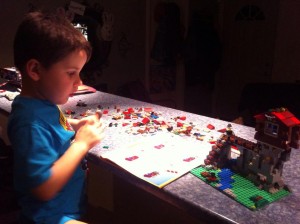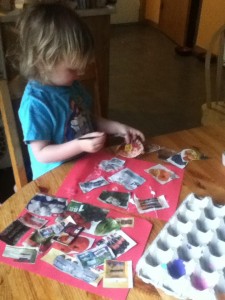When asking parents if they had one wish for kids at school or daycare, one mom wished for more ways of supporting cognitive or thinking skills. Parents want what’s best for their children, phsically and mentally. An earlier post talked about some ideas to promote physical development. This post looks at how to encourage mental skills.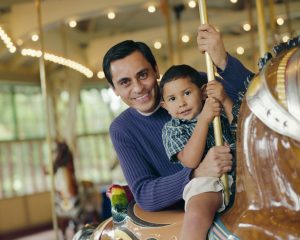
Learning and thinking involve input and output. Young children take in much of their information thru their senses. Babies put everything in their mouth so they can learn about it. They are collecting sensory data. Once brains have information, kids need to process it. This is called cognition or thinking.
We can support development of thinking skills by giving kids lots of sensory experiences. We say that ears hear, eyes see, noses smell, tongues taste, and skin touches. More accurately, ears collect the information and the brain process it. Noses might detect a smell in the kitchen, but it’s the brain that says, “Oh, I smell cookies.” As part of the thinking process, the brain also remembers cookies taste wonderful.
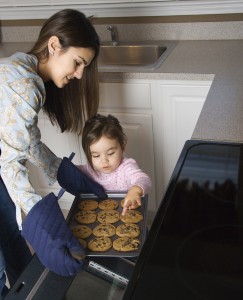
Collecting, processing, and remembering are all part of the thinking package. Language is part of the package too. Brains need not just hundreds and hundreds of words, but millions and millions. A low input of words is about 3 million a year and a high input of words is over 10 million! This means as parents and caregivers we need to talk, sing, and share books and stories. And other family members and friends too.
We can help develop memory by talking with kids about something that has happened. What do they remember seeing and hearing? When we create memories, the brain forms new connections and builds on old ones. When kids are able, they might like to draw pictures of special things that happened. Photos can trigger memories.
Being able to pay attention and ignore distractions is part of processing information. As kids play, they are stretching their attention skills. Imagination is another aspect of thinking. Reading books, making up stories, and play are ways to strengthen imagination.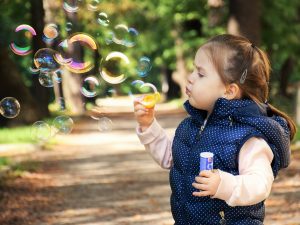
Play is the brain’s favorite way to learn. It’s both input and output. Supporting cognitive or thinking skills means ensuring kids have time and space to play. Can these ideas inspire some play today for your child?

